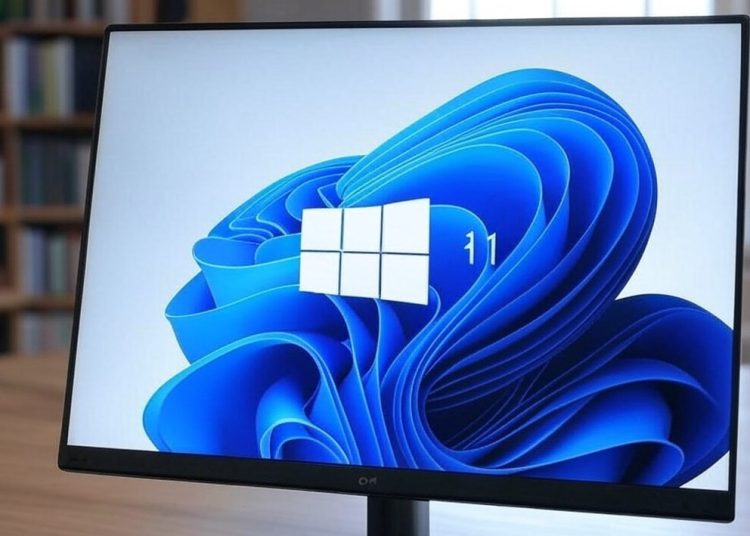In a surprising move, Microsoft has loosened its hardware requirements for Windows 11. The company is now allowing systems that could not upgrade, such as those lacking TPM 2.0 module, to install the new OS. This decision marks a significant departure from the Microsoft’s earlier stance on hardware specifications.
Windows 11’s original rollout was met with controversy due to its hardware requirements. TPM 2.0, Secure Boot, and specific processor models were non-negotiable barriers, leaving many users with perfectly functional hardware unable to upgrade. Microsoft justified these restrictions as necessary for enhanced security and performance, but the move left many feeling excluded from the new era of Windows.
Now, Microsoft has decided to open the door for the unsupported devices, offering a support page that explains how users can upgrade incompatible devices. However, there is a catch: Upgrading unsupported systems carries some risks.
Risks of Unsupported Upgrades
While Windows 11 can now be installed on unsupported devices, it doesn’t come without warnings. Microsoft states, “Installing Windows 11 on a device that doesn’t meet minimum requirements isn’t recommended. Devices that don’t meet these requirements aren’t guaranteed to receive updates, including security updates.”
This means users opting to upgrade will need to accept the following risks:
- Potential incompatibility issues: Older hardware may struggle to work seamlessly with Windows 11, resulting in reduced performance.
- No security updates: Unsupported devices are not guaranteed to receive critical updates, leaving them vulnerable to security threats.
- Instability: System crashes, driver incompatibilities or unexpected bugs could arise.
Why It Matters to Users
A lifeline for older systems: For users with older devices, this change provides a chance to experience the benefits of Windows 11, such as its updated interface and improved multitasking features, without the need to buy new hardware.
DIY and custom-built systems: Tech enthusiasts and users with custom setups can bypass the hardware blocks that previously restricted access to Windows 11. This offers a greater opportunity to explore the operating system’s new features.
Extended usability: By opening this pathway, Microsoft is helping extend the usability of older systems.
Should You Upgrade?
If you are tempted to join the Windows 11 bandwagon, here’s what you should consider before proceeding.
- Backup your data: Before upgrading, ensure all important files are backed up to avoid potential data loss during installation.
- Test the waters: Consider dual-booting Windows 11 or installing it on a secondary drive to evaluate its performance on your hardware.
- Stick to Windows 10 if unsure: With support for Windows 10 continuing until October 2025, staying on the older OS might be a safer option for users concerned about security updates or stability.
- Linux is still an option: For those who want a secure, efficient alternative for older hardware, Linux distributions could be a viable option.
Microsoft’s decision to allow unsupported devices to upgrade shows the company’s willingness to be more flexible in its approach to user needs. While Windows 11 is optimized for supported hardware, offering the chance to install it on older systems reflects a broader effort to make the operating system more accessible.
For users with older hardware, this could be an exciting opportunity to experience the new features of Windows 11. However, the potential for security vulnerabilities and system instability should be carefully considered. As always, preparation is key—backing up your system and testing the upgrade before committing fully will help mitigate any risks.
Microsoft has opened the gates for unsupported devices. Whether you walk through them depends on your comfort with risk. But for many, this announcement might just be the ticket to a long-awaited upgrade.






























